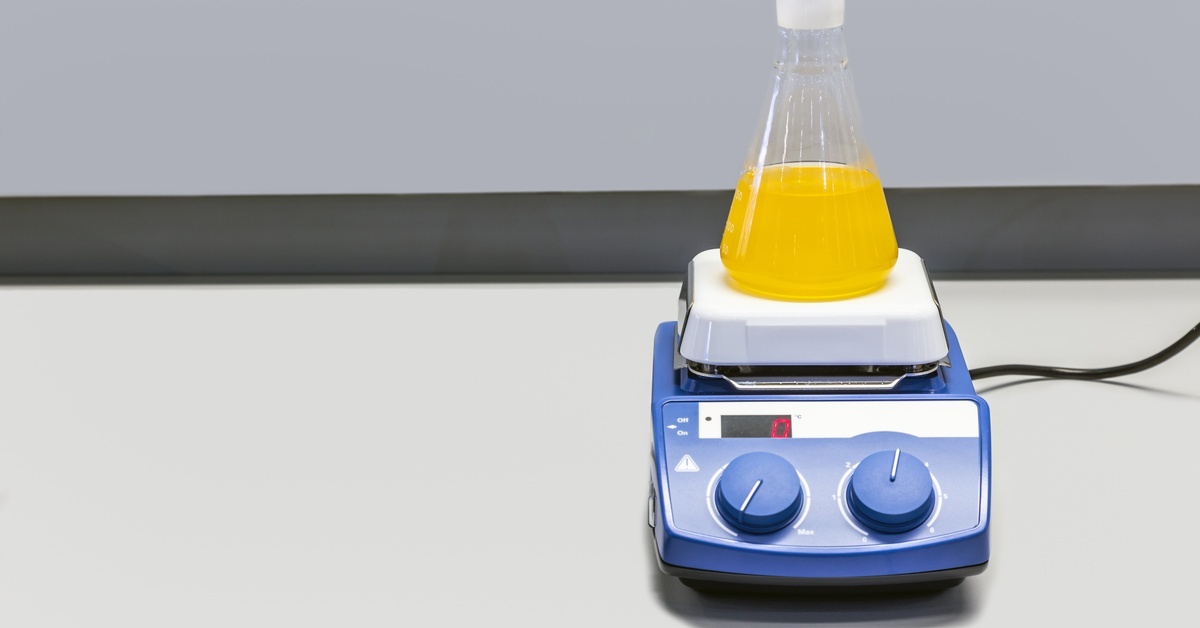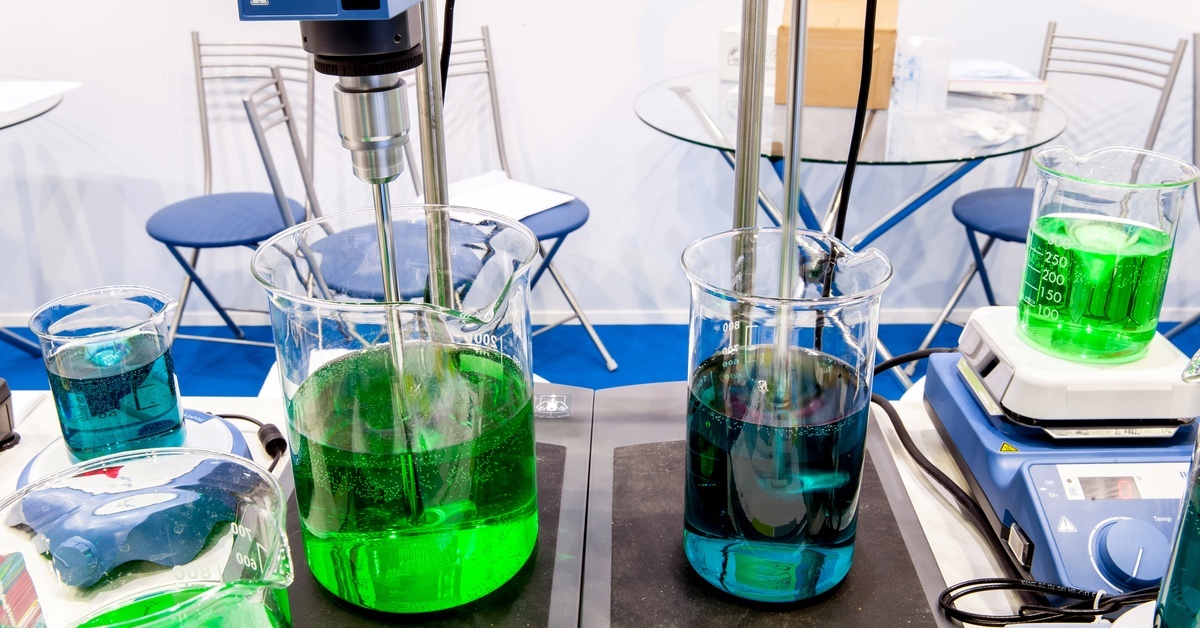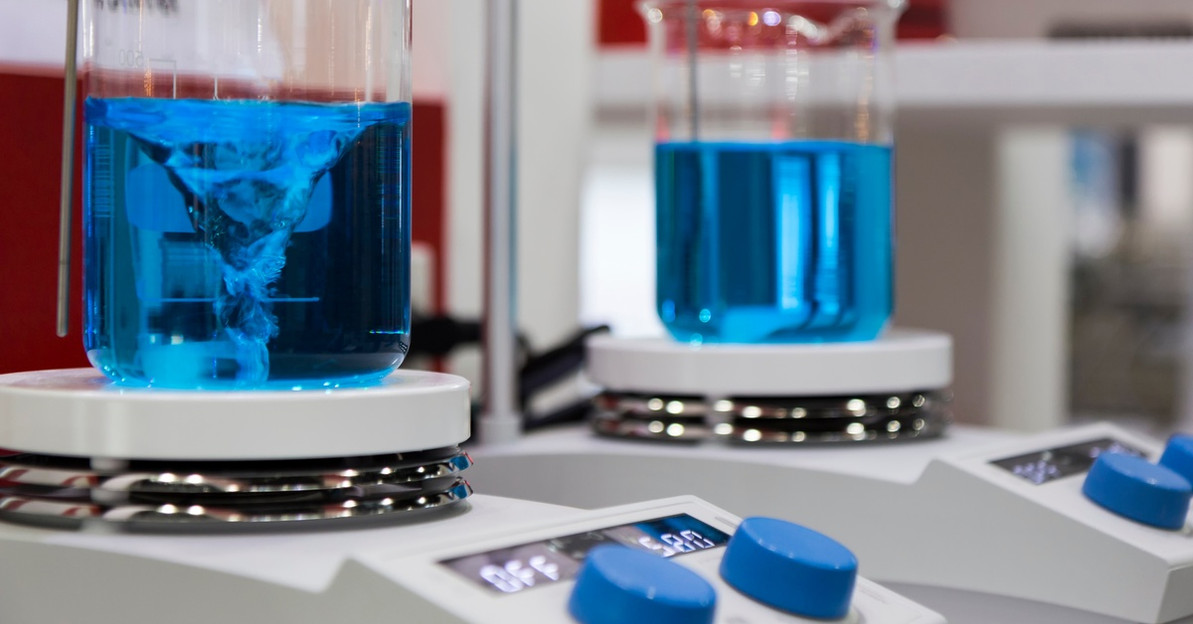Picking the Right Stirring Equipment for Chemical Reactions
Often, a successful chemical reaction hinges on more than just the reagents involved; how you mix them is just as critical. Stirring is vital to ensure the homogeneity of reactants and the consistent distribution of heat and mass within a solution.
The equipment that stirs chemical reactions vastly influences the outcome, whether synthesizing a new compound or conducting routine lab tests. Use this guide to pick the right stirring equipment for chemical reactions, ensuring efficiency and accuracy in your processes.
How Stirring Affects Chemical Processes
Effective stirring is a fundamental component of many chemical processes. Stirring enhances mass and heat transfer within the reaction medium by promoting thorough mixing. This action ensures that reactants come into uniform contact with one another, increasing the likelihood of a complete reaction.
Without proper stirring, localized concentration gradients and inconsistent temperatures develop, potentially leading to inaccurate results or incomplete reactions. By maintaining an even distribution of all reactants, stirring ensures that every molecule has the chance to participate fully in the response. This distribution, in turn, improves the yield and reproducibility of experiments, which is essential in research and industrial applications.

Overview of Stirring Equipment
Stirring equipment facilitates the seamless mixing of liquid, solid, or gaseous reactants in laboratory and industrial settings. These devices enable scientists to create homogenous mixtures for basic research or high-volume production.
While many associate stirring equipment with chemical laboratories, its applications extend far beyond the chemical lab, influencing fields such as biotechnology, food science, and pharmaceuticals. Central to its function is the ability to control mixing dynamics effectively, whether adjusting for viscosity, heat, or specific reaction requirements.
Types of Stirring Equipment
Magnetic stirrers are a frequent choice in laboratories due to their silent operation and ease of use. These devices mix fluids with a rotating magnetic field, making them perfect for low-viscosity solutions. However, they fall short when handling more viscous liquids, where their magnetic power may not provide adequate torque for thorough mixing.
Mechanical stirrers, on the other hand, shine when dealing with higher-viscosity materials or those with solid suspensions. These devices have a motorized blade or paddle directly interacting with the fluid, allowing them to handle tasks that magnetic stirrers cannot. Yet, their motor power and durability must meet the application’s demands to ensure consistent results.
Overhead stirrers offer advantages for large-scale, high-volume applications, operating under conditions requiring significant torque and extended operating times. These robust devices are popular in industrial settings, where they become indispensable for reactions involving bulky or corrosive materials.
Specialized stirring devices, such as vortex mixers and paddle stirrers, find their place in niche applications. For example, a vortex mixer is ideal for rapidly mixing small volumes in test tubes, whereas paddle stirrers excel in suspending heavy or particulate-laden solutions.
Key Factors When Choosing Stirring Equipment
Selecting the correct stirring equipment begins with understanding the nature of the chemical reaction. For example, an exothermic reaction may require stirring mechanisms that excel at evenly distributing heat to ensure thermal stability. Similarly, the liquid’s viscosity determines whether you need a more robust solution, such as an overhead stirrer, or a lightweight alternative, such as a magnetic stirrer.
Furthermore, the compatibility of the chosen equipment with the chemicals involved is another crucial factor. Corrosive chemicals call for materials resistant to degradation, such as PTFE or stainless steel, which extends the equipment’s lifespan while ensuring safety.
Speed Control and Adjustability
The ability to adjust the stirring speed plays a substantial role in optimizing chemical processes. Different reactions, such as those occurring in laminar or turbulent flow regimes, require varied speeds tailored to their unique needs.
For instance, slow speeds may suffice for the gentle mixing of delicate biological samples, while higher speeds are essential for processes that demand rapid agitation. Instruments with variable speed options provide the flexibility to fine-tune the stirring rate, offering unparalleled precision and adaptability in laboratory tasks.
Material Construction of Stirring Equipment
Often, the stirring equipment’s construction materials dictate its suitability for specific applications. For example, many prize stainless steel for its durability and resistance to corrosion, making it a reliable choice for most laboratory settings.
Conversely, PTFE-coated stirring bars excel in scenarios requiring compatibility with aggressive acids or bases. These material considerations enhance safety and ensure the equipment’s longevity. Selecting the ideal material reduces maintenance concerns, letting scientists focus on the core purpose of chemical innovation.
Stirring Efficiency and Mixing Quality
The chosen stirring equipment’s efficiency makes a significant difference in reaction outcomes. Thorough mixing, signaled by a consistent appearance or lack of sediment at the bottom of a vessel, is a sign of effective stirring.
Chemists use dissolvable dyes to observe mixing patterns, identifying any areas of stagnation. Likewise, monitoring reaction times and yields indicates the equipment’s performance and whether adjustments are necessary to enhance the mixing quality.
Power Sources for Stirring Devices
Stirring devices generally fall into two categories based on their power sources: battery-operated or electrically powered. Battery-operated models shine in cases requiring portability or applications in remote settings.
Conversely, electrically powered stirrers offer higher torque and extended operational capabilities, making them indispensable in industrial or high-demand laboratory settings. Compatibility with existing laboratory infrastructure is a valid concern when choosing between these options.

Safety Considerations in Stirring Equipment
Safety is paramount in a laboratory with stirring equipment, especially when handling volatile or flammable chemicals. Prioritize equipment with explosion-proof motors or sealed components in high-risk environments.
Additionally, using durable and clean lab vials improves safety and handling. Ensuring compliance with established safety certifications offers peace of mind, protecting users and the surrounding laboratory environment.
Maintenance and Cleaning
Standard upkeep of stirring equipment determines its reliability and longevity. Regularly inspecting stirring bars for wear, checking motor functionality in mechanical models, and cleaning components based on the chemical substances they come into contact with are integral steps. Proper care minimizes downtime and ensures consistent results, reinforcing the importance of establishing routine maintenance protocols.
Budget and Cost-Effectiveness
While cost is always a consideration, balancing the initial investment against long-term utility is important. Budget-friendly options may suffice for simple lab tasks, but investing in reliable, durable equipment often reduces maintenance and replacement costs. Performance and reliability must always take precedence, as the value of obtaining replicable and accurate results outweighs the price tag.
Practical Tips for Optimal Use of Stirring Equipment
Ensuring compatibility between the stirrer and the vessel size affects outcomes. Oversized vessels with small stirrers hinder mixing efficiency, just as under-dimensioned vessels might lead to spillage or uneven results.
Avoiding equipment overload is another practical measure for sustained performance, as excess strain deteriorates components. Minor adjustments, such as centering the stirring bar properly, significantly improve the equipment’s efficiency and effectiveness over time.
Selecting the right stirring equipment for chemical reactions is more than a matter of preference; it’s about aligning your tools with your needs. Refine your decisions to ensure seamless execution in your lab, and consider the nature of your chemical processes. Stirring is an important part of science; choosing the appropriate equipment is the first step in mastering it.
Recent Posts
-
The Role of Desiccants in Protecting Hygroscopic Chemicals
Hygroscopic chemicals readily absorb moisture from the surrounding environment, leading to compromis …May 19th 2025 -
All About Pairing Containers With Corrosive Substances
Handling corrosive substances is critical in many industries, including manufacturing, pharmaceutica …May 12th 2025 -
Why Solvent Purity Is Crucial in the World of Chemistry
When producing accurate and reliable results in chemistry, solvent purity is non-negotiable. Many se …May 11th 2025




